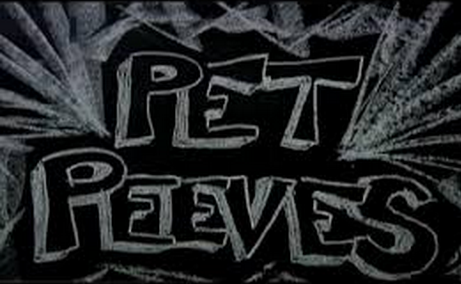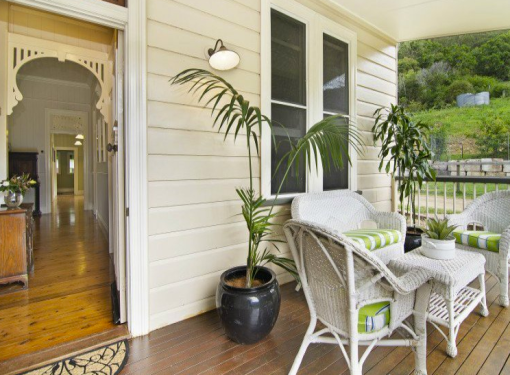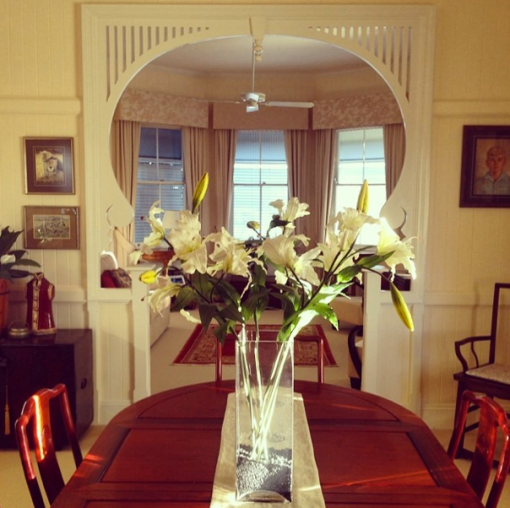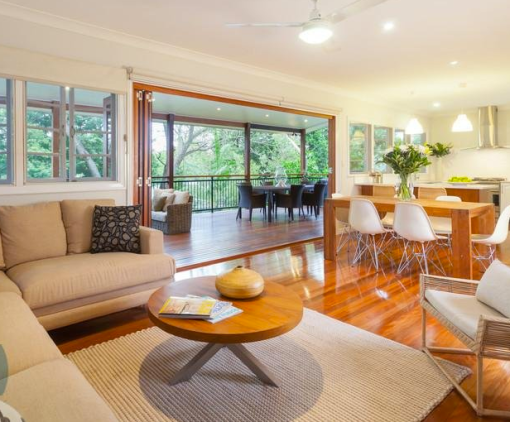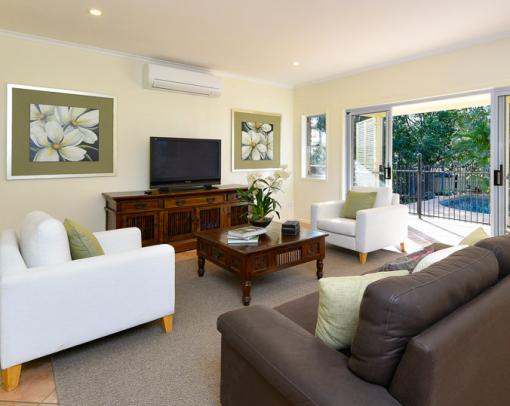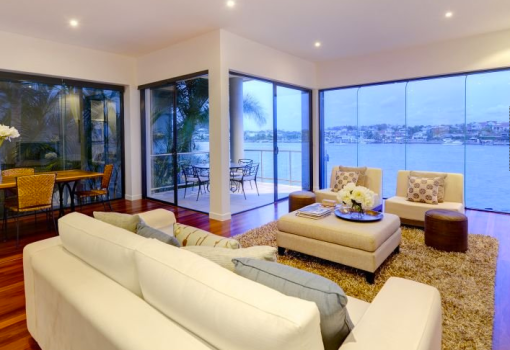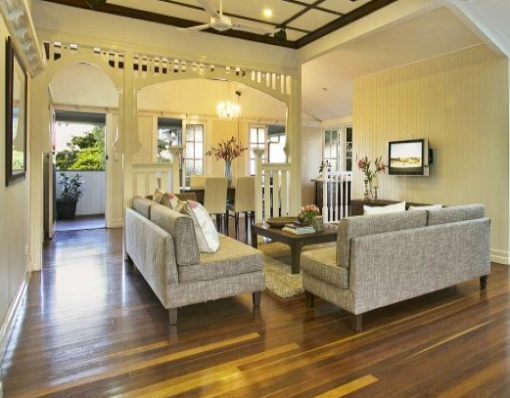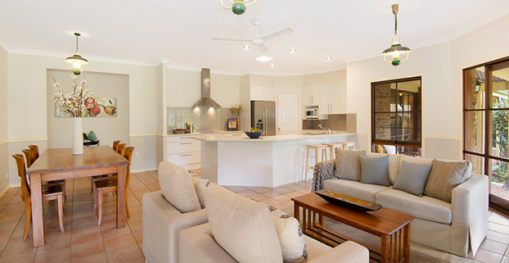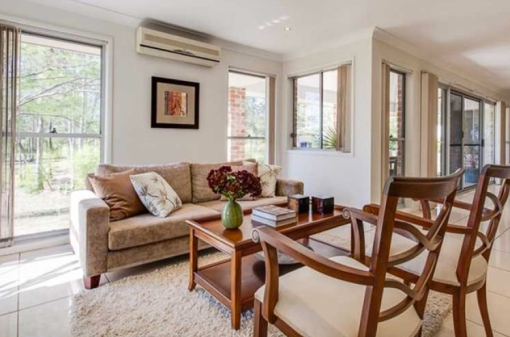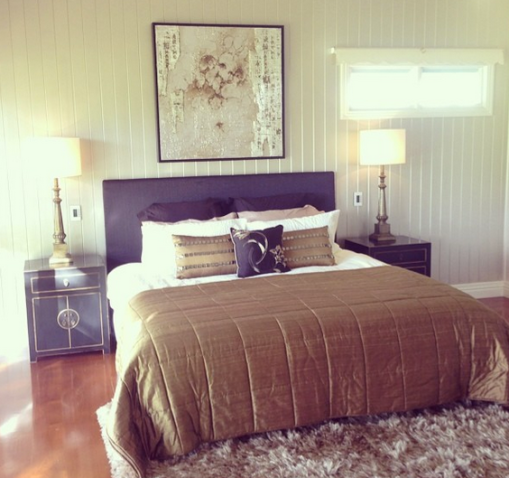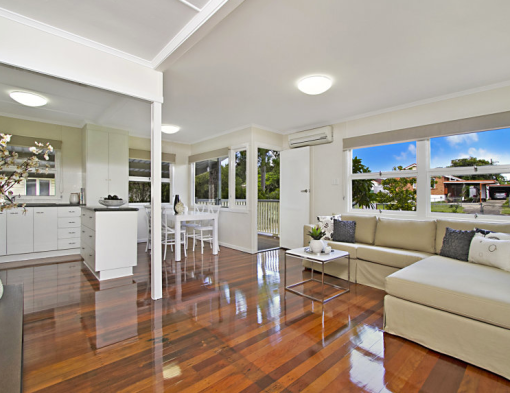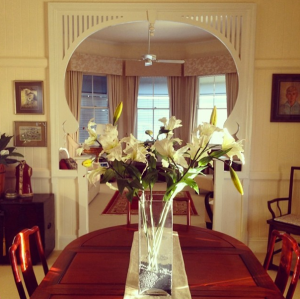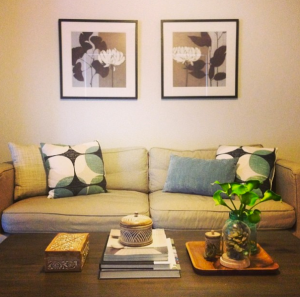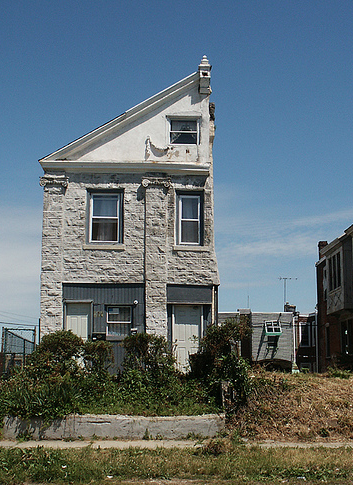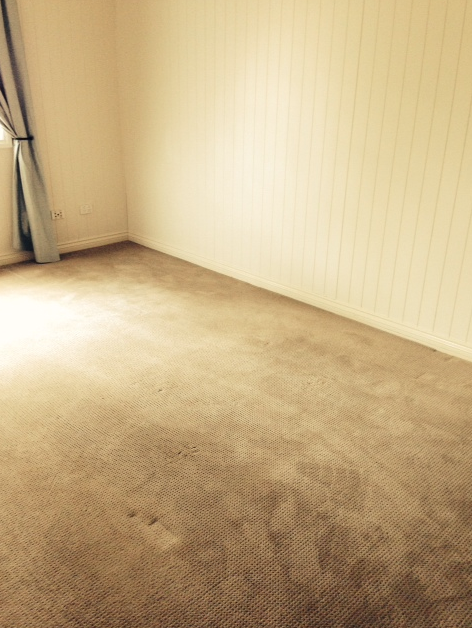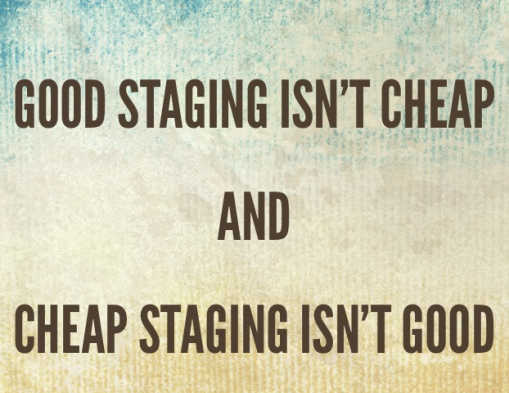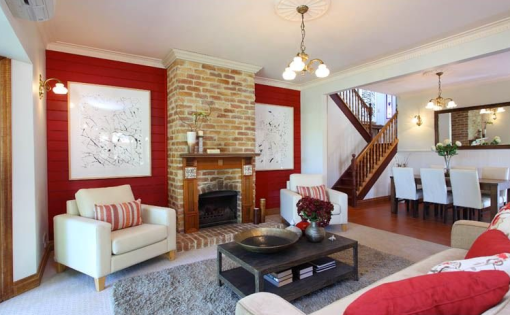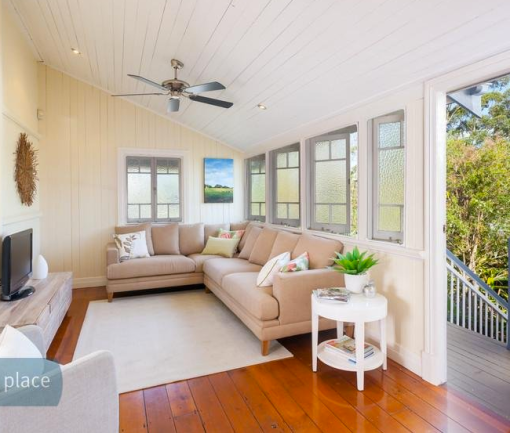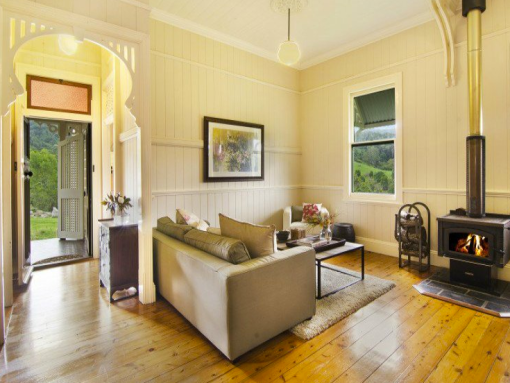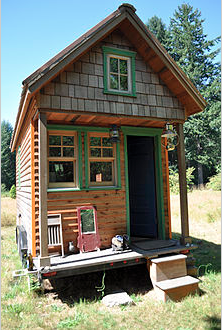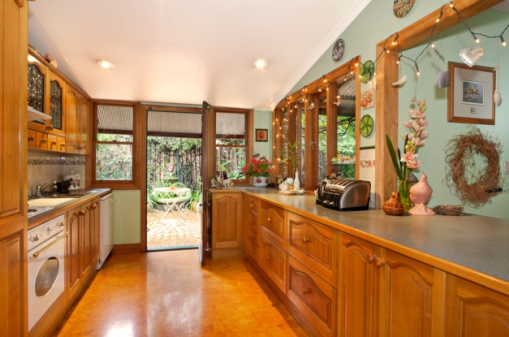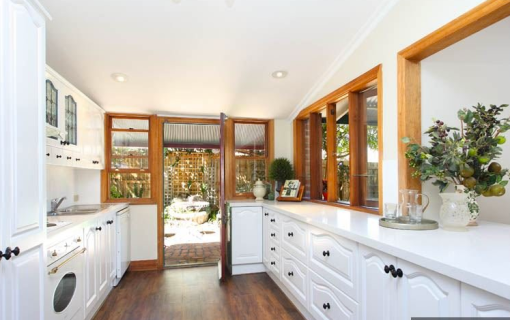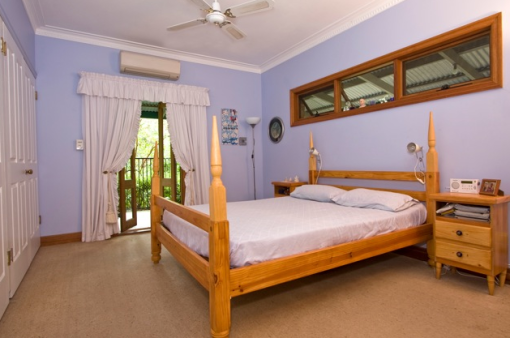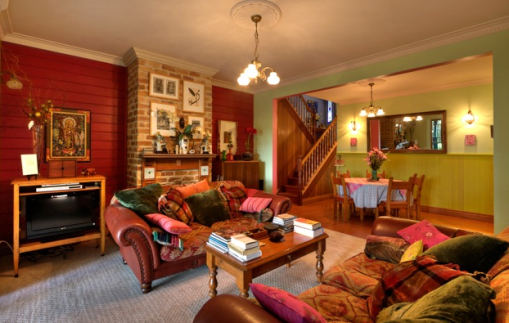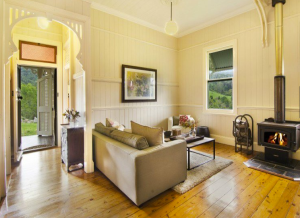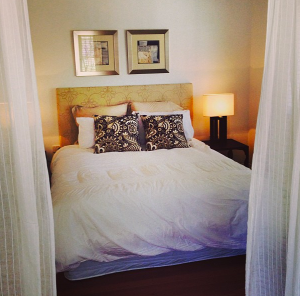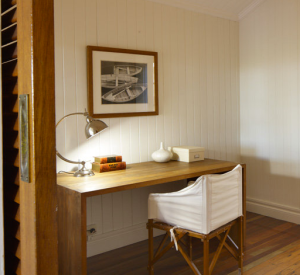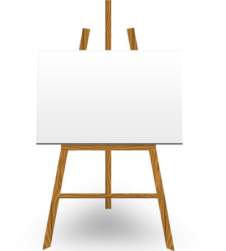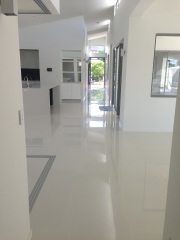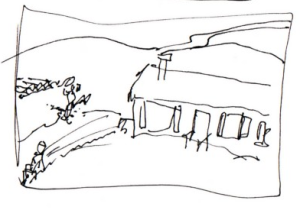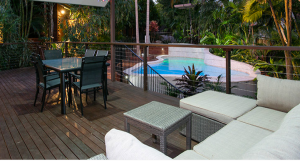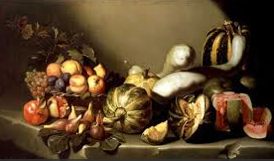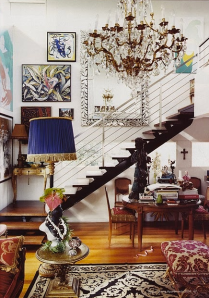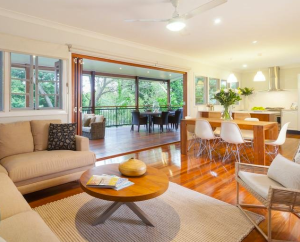
Home Staging (to sell) and interior design (to stay) are two different things. Top line, home staging makes a house appealing to as many people as possible whereas Interior design makes a home a personal place to live.
However there are a number of tactics that I use when home staging to sell that home owners can learn from when decorating their own homes to stay.
Lets take a look:
1. Start with your audience
Home Stager: Before I do anything else I get clear on the most likely buyer of the house. This helps me work out room purpose and layout and the look/feel that I’m trying to achieve
Home Owner: When decorating for your own home you need to get clear on who lives there now, in the future (more kids, less kids), who visits and how you all use the house. There’s no point in having huge entertaining spaces if you rarely entertain or making your kids do their homework in their rooms if they’d prefer a more communal table. I’m very aware that women (and I include myself in this) decorate to please themselves and therefore their kids and particularly their husbands, if they have one, have little space to themselves or aren’t allowed their ‘things’ on display. Everyone in the house needs to be considered.
2. Be Objective
Home Stager: One of the main reasons clients call me for a consultation is that I can view their property with fresh eyes and can give impartial advice
Home Owner: Its worthwhile to get some objective feedback before you start decorating. You can do this yourself by taking pictures, waiting a few days then viewing the pictures as if for the first time. Think about your immediate reactions. What’s working and not working. You can also collect feedback from family. Ask them what the house looks or feels like to them now and how they want it to be. Ask your friends what they would love to be able to do with your house and what would suit the house and you. You don’t need to act on all feedback but its all good information!
3. Make What you’ve got work
Home Stager: When staging a property it’s ALL about return on investment. For example, a new kitchen counter might cost $2k but if it helps the house sell for $10k more and in a quicker time its worth the investment. Any changes I recommend are with return on investment in mind. Many changes e.g. new bedlinen cost little but make a huge difference. I tell my clients that home staging is a face lift of what they already have NOT major surgery.
Home Owner: Big renovations seem to be a knee jerk reaction in Australia. Did you know that we live in the largest houses in the world? We seem to be putting a lot of money and expectations into ‘major surgery’ when maybe we need to be asking ourselves ‘How can I work with what I’ve got?’ OR in other words – Its not what you’ve got its the way that you style it. If you are yet to be convinced take a look at places where there is a strong rental market e.g. Brooklyn, USA. Owners there can’t make structural changes or even paint the wall and yet many have beautiful interiors. Be honest about your reasons for making major changes. Do you love a project? Are all your friends doing it? Do you think it will make you happier? I think we all need to get better at making what we’ve got work.
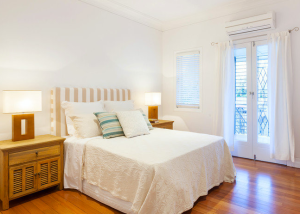
4. Have an overall look or set of words
Home Stager: When I stage a vacant house I need to pull a look together quickly. I often find a picture or better still a set of words that I can keep in mind whilst selecting items. For example I’m staging a house next week near Samford. My words are “Eclectic, Modern, Country” The unit I staged this week on the river in Tennyson was “glamorous comfort” The Queenslander I measured for last week is “Easy Breezy, Shabby chic, happy”
Home Owner: There are lots of places where you can collate an overall look for your home. Houzz allows you to build a scrapbook from thousands of interiors searching by room or style. Pinterest is a virtual pinboard of images. I love British Colonial interiors so my inspiration board is called just that. I’ve then translated this into products that could work within that look. This board I call House to Home If you’re looking for a colour palette Design seeds is fabulous. You can plug in a colour and it will suggest a palette or you can search by theme e.g. summer or vintage. I still get my clients to rip pictures out of magazines. Both what they like AND what they don’t like. If you do this, don’t over think it. If something appeals or doesn’t rip it out. You’ve then got 2 piles and can start getting into specifics. Think about your 3 words. What would they be? Remind yourself of these before every shopping trip. A note here on guilty gifts – you know, the ones that you’ve been given that don’t fit with your interior. Your environment is too precious to hang onto things that you don’t like. So unless you have an emotional attachment to them its time for them to go.
5. Keep an eye on re-sale
Home Stager: Neutral properties generally sell quicker and for more than personal properties. This is why I recommend that blue kitchens are re-sprayed off-white and highly patterned wallpaper is taken down. The general rule is that all fixed elements (walls, floors, bathrooms, kitchens and window treatments) need to be neutral. Neutral doesn’t mean just white – beige, grey, green/grey can all work too.
Home Owner: If this is your forever home – go for it! However if you think you may be moving at some stage then neutral fixed elements are the way to go. Also worth keeping neutral are large and expensive pieces such as sofas. This is about re-sale but its also about the flexibility of changing styles when you want to. Its a lot easier to change your towels than your tiles.
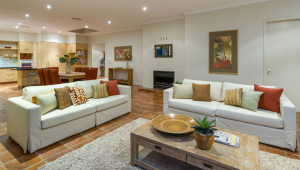
6. Give each room a purpose and layout
Firstly, purpose:
Home Stager: 90% of buyers can’t imagine the purpose or layout of a room unless its staring them in the face. If a room will sell the house better as an office I make it an office, not a bedroom.
Home owner: Assign a purpose to each room and each part of the room. Make each room count. If you don’t eat formally turn your dining room into a music room or study instead. If you have a family room try to keep this multi-purpose so that the family can be all together but still doing their own thing. Kids playing, Dad checking e-mails, Mum watching TV.
Secondly, Layout
Home Stager: Many houses I see have poor layout or are unbalanced or lack flow. I work to improve all 3 elements whilst also showcasing the features of the room e.g. fireplace
Home Owner: Mentally or physically empty a room. Then, starting with your largest piece of furniture (which usually goes in line with the longest wall) and ending with your smallest put it back in again (and you probably won’t need it all). Play around with the positions as you go until you get the best flow (can you walk around properly) balance (is the furniture spread across the room, are the heights in balance) and layout. Additional tip: Try floating your furniture away from the walls. Even 15cm can make a difference. Many rooms look like the furniture’s been pushed back and the dancing is about to start!
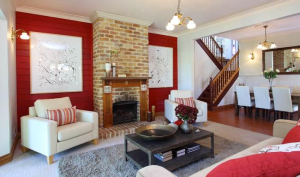
7. Layer it up and don’t stop too soon
Home Stager: When I first started staging empty houses I often looked round after the furniture had been placed with terror in my heart. It always looked so boring and bland. This is where layering through accessories such as rugs, artworks, bedlinen, cushions, books and accessories come in. This is what brings the interest, the comfort and the personality. The houses I consult on just need pulling together. Instead of one lonely cushion on a sofa (stopping too soon) try 5 in a mix of geometrics and pattern but in the same colour way.
Home Owner: Layer it up e.g. Add 2 Euro pillows, 2 feature cushions and a throw to your bed and see the difference. Place a pile of coffee table books on your coffee table along with a tray containing a small plant, accessory and candle and see the difference vs a couple of remote controls and yesterday’s paper. Put a runner down your dining table in a modern chevron then add a large white glazed bowl full of lemons. This is not clutter. This is layering. If in doubt don’t have any accessories less than the size of a grapefruit. That will stop you moving into itty bitty territory.
8. Shop your house then shop with intention
Firstly Shop your house
Home Stager: I see occupied houses that I’m staging as one big jigsaw. If I see a chair on a verandah that might be better used in a bedroom then I use it. Or I say to the owner “what we need here is a little side table” and they reply “what about the one in the study?” Perfect example of shopping your house.
Home Owner: You can have fun shopping your house in 2 ways. 1. Think about what you need e.g. a large vase for a console table then walk round your house to see what could work 2. This is more radical. Collect up all your small furniture, artwork and accessories in one place then re-distribute around your house. This will force you to use what you’ve got but in new ways. You might find you don’t need to go shopping. As you do this keep in mind your overall picture or words. Do your accessories fit what you are aiming for?
Then Shop with intention
Home Stager: When I’m working with an owner on their occupied house or even staging a whole house I always list exactly what I need e.g. Large abstract artwork over console 1m x 70cm or large bowl for kitchen counter. This helps me select exactly what I want and my clients to buy exactly what they need.
Home Owner: Working from a list helps you avoid expensive mistakes, buying more of what you don’t need or buying the wrong size. Keep the list with you and if you see a rug in a store you will know exactly the colour, style and size you are looking for. You can buy the rug when you see it and know it will work. Use pinterest to help you pin products that you will buy. When you’ve finished pinning items for e.g. your family room you can then start buying.
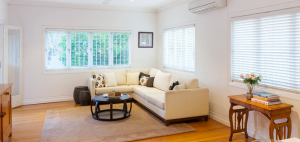
9. Mix it up. Its not meant to be perfect.
Home Stager: My aim when I’m styling a house to sell is that no one will say “oh, its obvious this house has been staged”. I just want it to look as though the owners have great taste and live in a comfortable and happy home. One of the ways I do this is to not get too ‘matchy matchy’ or display home. I think perfect interiors are boring. It’s the times when I’ve had to work with what a client had or when there wasn’t much choice at the furniture warehouse that I do my best work.
Home Owner: Start with the pieces you want or need to keep then mix them up with pieces from other stores. If you only go to Freedom then your house will look like a Freedom catalogue and not like your home. There’s nothing at all wrong with Freedom or IKEA but mix it with pieces that you’ve found on ebay or gumtree or bought from an on-line interiors shop or better still on holiday so that the piece means something to you. Also know that no one lives in a magazine shoot all the time. A friend’s house was in a magazine shoot recently. She told me the stylist and photographer were there all day and not one item of furniture or accessory was in its usual place! It’s not real. Your home is : )
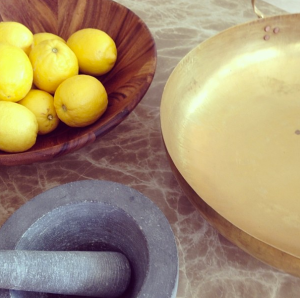
10. Style it
Home Stager: This is the icing on the cake for any stylist. Basically I aim to put together a series of pleasing groupings (or vignettes as they are often called). For example, a reading corner with chair, floor lamp, lovely cushion or an edited book shelf filled with books and accessories, a bowl of lemons on the kitchen counter, a flower from the garden in a sweet jug in the bathroom. You get the picture.
Home Owner: Styling really does come with practice and I’m testament to this. So just play around (this is best done when you’re procrastinating about cleaning the house!) If the result pleases you, keep it. Your house doesn’t have to be stactic. We’ve all been to houses where the dried flower arrangement sits on the sideboard for 10 years or more. If you’re struggling with styling then use magazines, and the internet for inspiration. I have written a series of blog posts about styling i.e. how to style your coffee table or styling your house with books
11. And one more…. Take your time
Home Stager: I don’t have the luxury of time when staging a property. The client and agent usually want to list yesterday. I might measure for furniture on Monday, select all furniture, artwork and accessories on Wednesday then install them on Friday. I therefore have to be very decisive, something I’m not and don’t need to be in my own home.
Home Owner: The only pressure you’re putting on yourself is coming from you so take your time and enjoy the process. Life has a habit of taking over and things don’t get done and really, how much does it really matter? So focus on one room at a time, find your inspiration, pin some ideas then go shopping and styling. This is not a competition – you’re just making yourself and your family somewhere nice to live. Isn’t that what we’re all aiming for?
I’m Imogen Brown, a home stager based in the Western suburbs of Brisbane. If you are selling your house or if you need help to stay then call me on 0432994056 or contact me through my website
You might also like:
Home staging: because we don’t all live in a magazine shoot
How to live in your best home all the time
Before you run shopping to Freedom read this
